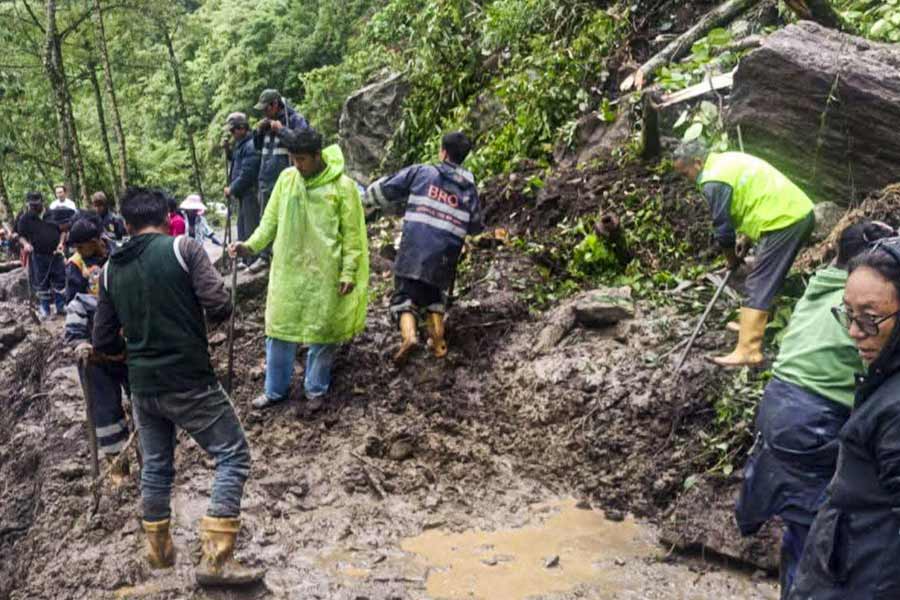 |
| Tatsuki Shirai. Picture by Prabin Khaling |
Gangtok, Nov. 24: Sikkim University’s first student from abroad finished his study and left the state today after experiencing the whole gamut of Limboo life and culture.
Tatsuki Shirai from Japan had joined Sikkim Government College in July last year to study sociology and Eastern Himalayas. It was a dream come true for the 23-year-old who had wanted from childhood to study abroad and know a different culture.
The student came to Sikkim on a scholarship from the Hitosubashi University in Tokyo. “I had a memorable stay in Sikkim. I felt at home here and I could fulfil my dream to study abroad,” said Shirai, who will rejoin Hitosubashi University in April to complete his fourth year of graduation in sociology and cultural anthropology.
He did one semester in Sikkim Government College and another in the department of sociology in Sikkim University.
“In Japan, we have to study four years to complete graduation. Most of my batch mates have already completed the course as they did not take the one-year break like me. But I don’t regret that I have missed one year. It was my childhood dream to study abroad. I didn’t want to study in established universities in the US and the UK. My aim was to explore a new world by studying in an unknown place with a different culture,” said Shirai, who can understand and speak Nepali now.
As part of his field studies at Sikkim University, Shirai has prepared a report on the life of the Limboos. “I have learnt a lot about the Limboos’ way of life with the main focus on the shamans,” he said.
Shirai visited Hee in West Sikkim and engaged himself in the everyday activities of the community from milking cows to preparing brew. Along with the tribal people, he would make food for pigs and pick up edible plants from the forest for dinner.
The student said the tribe’s way of life ensured that nothing became waste. “For their way of life, cyclical relation is very important. Nothing is a mere waste. Grains of maize are eaten by people, other parts are fed to pigs and cows. Cow dung is used as fertilisers and this seems in sharp contrast to the modern life, which is rather lineal; the use is always accompanied by the waste,” writes Shirai in his report.
He also devoted a chapter to the shamans, the intermediaries between the Limboos and nature, and their role in different aspects of the tribe, ranging from pujas to funerals.
Shirai plans to pursue masters in anthropology and return to Sikkim. “I want to do masters in cultural anthropology and Sikkim can be my area of interest. The field work will require at least one year as I have to experience the daily life of different communities in Sikkim,” he said.










